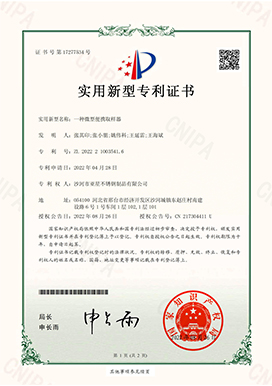- Phone:+86-17331948172 +86-0319-8862898
- E-mail: inquiry@puxingclamp.com
ພ.ຈ. . 01, 2024 11:28 Back to list
Versatile Solutions for Pipe, Tube, Hose Clamps and Their Applications
The Essential Guide to Pipe, Tube, Hose Clamps
In various industries, the integrity of systems that involve pipes, tubes, and hoses is paramount. Whether in automotive, construction, or HVAC systems, ensuring that connections remain secure is vital for efficiency and safety. This is where pipe, tube, and hose clamps come into play, serving as indispensable tools in maintaining these critical links.
Pipe, tube, and hose clamps are designed to hold pipes and hoses in place, preventing leaks and ensuring smooth operation. They come in various shapes, sizes, and materials, each tailored for specific applications. The most common types include worm gear clamps, spring clamps, and T-bolt clamps, each offering unique advantages depending on the use case.
The Essential Guide to Pipe, Tube, Hose Clamps
Spring Clamps These clamps operate on a simple principle, using tension to hold hoses and pipes in place. Spring clamps are often preferred in situations where quick installation and removal are required, such as in maintenance tasks or temporary setups. They are particularly useful in low-pressure applications where the risk of leaks is minimal.
pipe tube hose clamp

T-Bolt Clamps For high-performance applications, T-bolt clamps are often the go-to choice. Made from robust materials, these clamps provide superior strength and resistance to vibration. They are extensively used in heavy machinery, as well as automotive systems where the integrity of connections is crucial under stress.
Choosing the right clamp involves understanding the specific needs of the application. Factors such as the diameter of the pipe or hose, the pressure of the fluid being transported, and environmental conditions (such as temperature and exposure to chemicals) play significant roles in determining the most suitable clamp.
Installation of clamps requires attention to detail. A clamp that is too loose can lead to leaks, while one that is too tight may damage the hose or pipe. Therefore, it's essential to apply the appropriate amount of pressure and to check connections regularly for wear and tear.
In conclusion, pipe, tube, and hose clamps are vital components in a wide range of applications. Their ability to provide secure connections helps prevent leaks and ensures the optimal functioning of systems across multiple industries. As technology continues to advance, the design and materials used for these clamps will likely evolve, further enhancing their performance and reliability. For anyone involved in plumbing, automotive repair, or industrial maintenance, understanding these tools is key to ensuring the longevity and efficiency of their systems.
-
Heavy Duty Hose Clamp – Durable Stainless Steel Clamps for Industrial Use
NewsJul.28,2025
-
Premium Stainless Steel Hose Clamp for Automotive & Industrial Use
NewsJul.27,2025
-
Heavy Duty Hose Clamp – Durable Stainless Steel Automotive Tube Clip
NewsJul.26,2025
-
High Quality Precision Stainless Steel Strip for Industrial Use
NewsJul.25,2025
-
Black Rubber Hose Clamp with Rubber Lined & Insulated Design for Secure Fitting
NewsJul.24,2025
-
High Quality Steel Stainless Midsole for Safety Shoes Supplier
NewsJul.23,2025




